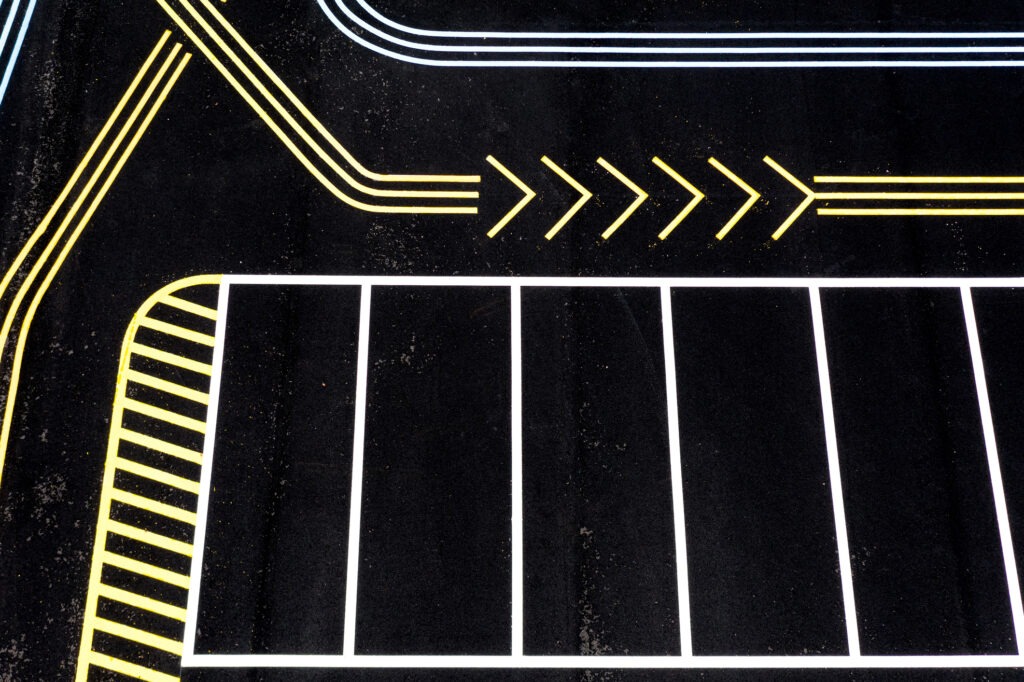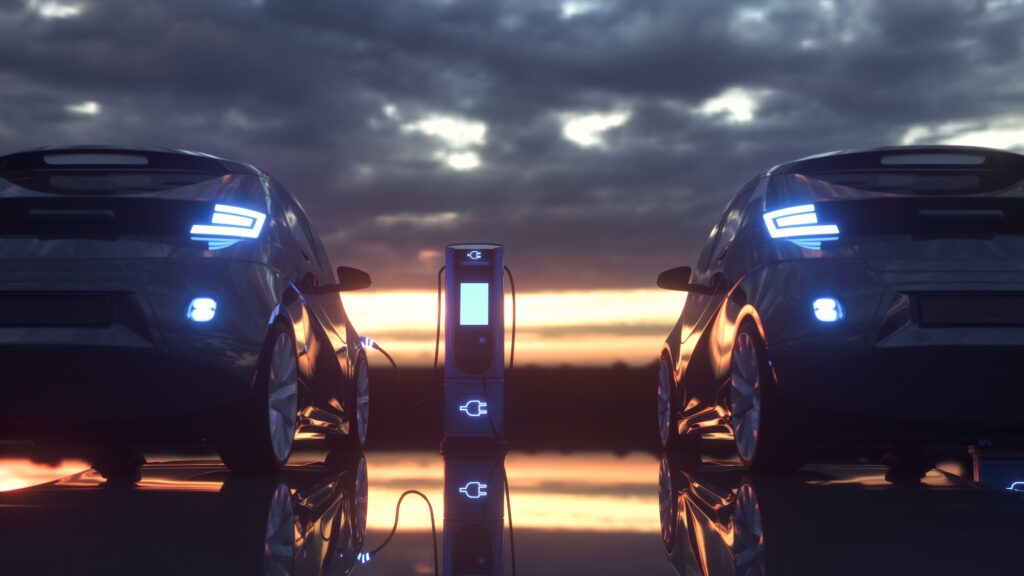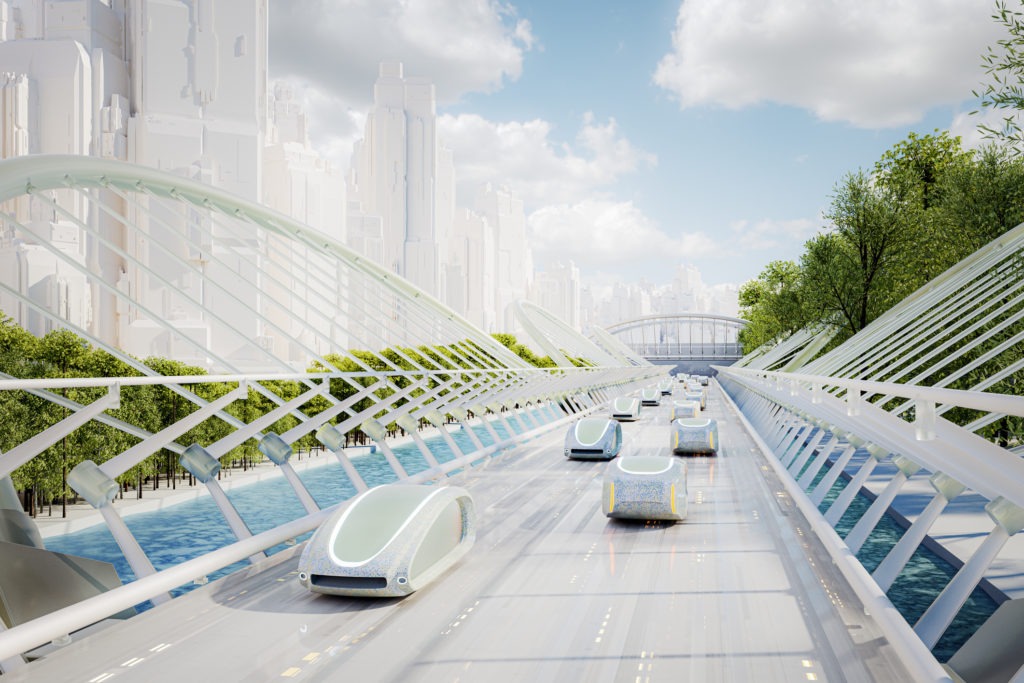How to transform cars into credit cards on wheels
26 January 2023

From finding a space to calculating tariffs and fishing for change, parking can be rather demanding. But connected automotive technology is simplifying this laborious task. Parkopedia’s chief operating officer, Dr Hans Puvogel, talks with Autovista24 deputy editor Tom Geggus about transforming cars into credit cards on wheels.
Subscribe to the Autovista24 podcast and listen to previous episodes on Apple, Spotify, Google Podcasts and Amazon Music.
Show notes
CES 2023: Showstopping automotive technology
Parkopedia powers new BMW in-vehicle parking payments feature
Skoda launches new pay to park service in Europe
Parkopedia partners with Desay SV to provide parking services to Chinese automakers
Synopsis
Transforming cars into credit cards on wheels creates new possibilities for automotive companies and drivers alike. The days of scrabbling for change to pay for parking or searching for a card to access charging infrastructure appear to be numbered.
BMW is utilising Parkopedia’s in-car payment platform in Germany and Austria. Vehicles running the carmaker’s Operating System 7 or 8 can help drivers find and pay for parking via the infotainment system. BMW is planning to expand this offering into other European countries this year.
Skoda has also been working with Parkopedia on providing parking options, fee information and payment possibilities through its infotainment systems. Following a pilot project in Switzerland, the Volkswagen (VW) Group brand launched a ‘Pay to Park’ service in seven new locations. These include Austria, Belgium, Denmark, Finland, Germany and Norway, with eight more countries coming soon.
In China, Parkopedia partnered with Desay SV to provide Chinese carmakers with a suite of services, including parking data and in-vehicle QR-code payments. As part of this partnership, Parkopedia delivered on-street and off-street parking data covering major cities and towns across the country.
Getting to grips with geofencing
Puvogel explained that this kind of in-car service is possible thanks to Parkopedia’s geofencing technology. ‘What does geofencing mean? We are basically drawing a virtual line around every segment where you can park in the street, that is not in front of a fire hydrant, bus stop, or police station or anything of that sort, so where you can legitimately park,’ he said.
This data is used to create a polygon that helps identify a vehicle’s position. Parkopedia then combines this information with its parking data to create a ‘nudge’, alerting the driver that they need to pay to park in that spot. The technology can then come back into play later on, ending payment as the car leaves the location.
However, this capability can be utilised well beyond the world of parking. Puvogel pointed to toll-payment possibilities and electric-vehicle (EV) charging applications. ‘Parkopedia has become much more than a parking company as the name suggests. We are more of a connected-services company that converts vehicles into credit cards and allows users to have access to a wide range of inventory in the critical domains that they need to operate their cars,’ he said.



